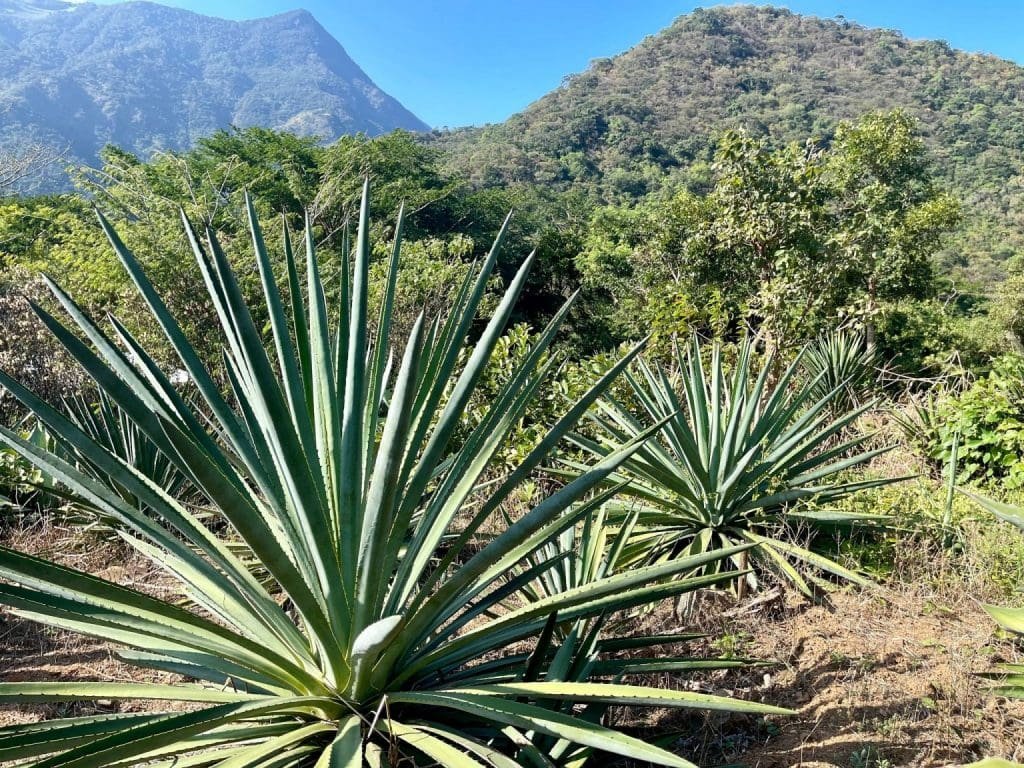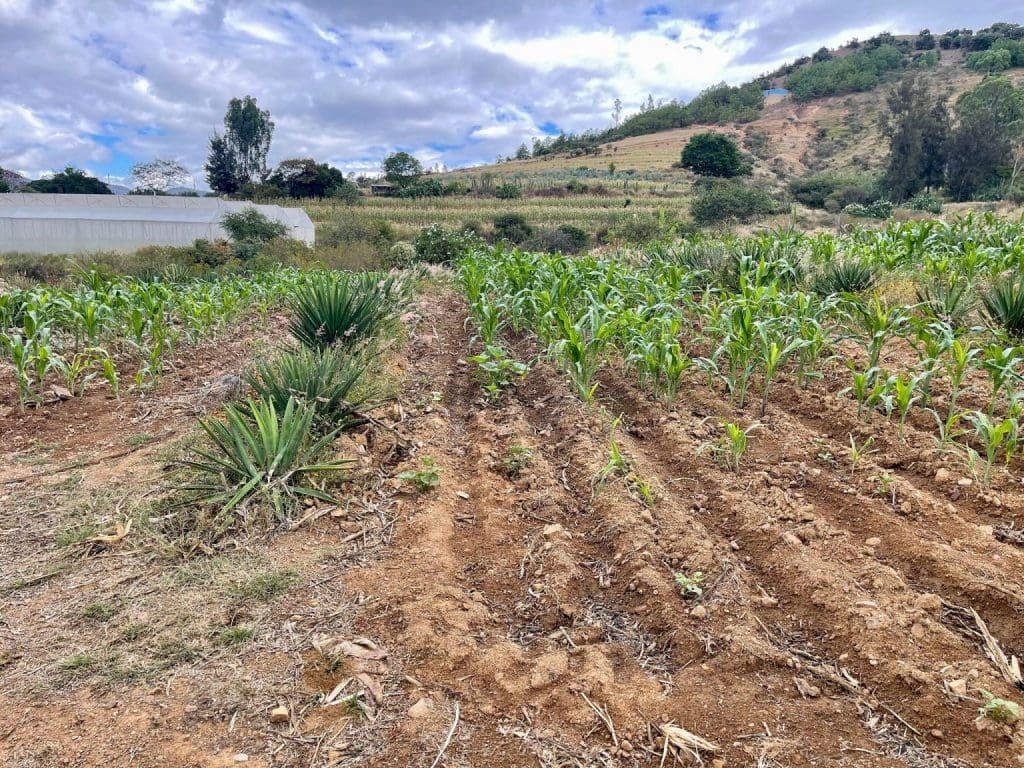Highland vs. Valley Tequila: How Jalisco’s Regions Shape Your Tequila Experience.
Tequila’s complexity stems from more than just its production methods; it’s also profoundly influenced by its terroir. In Jalisco, the two main regions where tequila is crafted are the Highlands (Los Altos) and the Valley (Lowlands or El Valle). Each of these regions produces tequila with distinct flavors and profiles, a result of differences in climate, soil, and agave growing conditions. By exploring these differences and highlighting renowned producers, tequila enthusiasts can appreciate how a bottle’s origins shape its unique characteristics.

The Highlands (Los Altos)
The Highlands, or Los Altos, are situated in northeastern Jalisco, including towns like Arandas, Atotonilco, and Tepatitlán. Known for their red volcanic clay soil, the Highland fields sit at an elevation of approximately 6,000 feet, where cooler temperatures, higher rainfall, and a distinct mineral-rich soil composition allow agave plants to mature in unique ways.
- Flavor Profile: Highland tequilas are often described as fruitier, floral, and sweeter. The cooler climate and red clay soil enrich the agave with higher sugar content, which translates into softer, more rounded notes.
- Famous Producers: Highland tequila producers include El Tesoro, G4, and Patrón. Each of these brands emphasizes the unique qualities of the region, often showcasing the soft, vibrant, and nuanced flavors associated with the Highlands.


The Valley (El Valle)
The Valley, or Lowlands, is located around the central towns of Tequila, Amatitán, and El Arenal, sitting at an elevation of about 4,000 feet. Unlike the Highlands, the Valley’s soil is darker, with more volcanic rock and mineral content. The warmer, drier climate encourages agave plants to develop a stronger, more robust character.
- Flavor Profile: Valley tequilas are generally more herbaceous, earthy, and peppery. The mineral-rich soil imparts a sharper, more intense flavor to the agave, resulting in tequilas that feel bolder and spicier.
- Famous Producers: Notable Valley tequila brands include Fortaleza, Herradura, and Jose Cuervo. These brands produce tequilas that emphasize the earthy, robust flavors the region is known for.
One of the most important factors in tequila flavor is soil composition. The Highlands’ red clay soil, rich in iron, provides a nutrient-dense environment for the agave, resulting in a higher sugar content as the plant matures. This translates into tequilas that are naturally sweeter and more aromatic, with floral notes that Highland producers like G4 highlight in their reposados and añejos.
Conversely, the Valley’s dark volcanic soil is packed with minerals that yield a more intense agave flavor. Valley tequilas like Fortaleza often showcase a more traditional profile with earthy, mineral-rich notes that bring out the raw essence of the agave plant. The use of stone ovens and tahona wheels in some Valley distilleries further emphasizes these rich, natural flavors.
While terroir plays a significant role, the production process also shapes the final flavor profile. Traditional methods such as brick ovens, tahona (large stone wheel) crushing, and copper pot stills are often used by Highland producers, adding to the complex, layered flavors of the tequila. Producers like El Tesoro maintain these artisanal practices, ensuring their Highland tequilas retain the soft, sweet, and fruity flavors associated with the region.
In the Valley, however, some producers opt for faster production techniques to highlight the bold, earthy flavors of their agave. Jose Cuervo, for example, has adapted methods that prioritize efficiency without sacrificing quality, which is reflected in the balanced, robust profile of their tequilas.
- G4 Tequila (El Pandillo Distillery): G4 is known for its sustainable approach and Highland terroir. Produced by Felipe Camarena at El Pandillo Distillery, G4’s tequilas emphasize the fruity and floral notes associated with Highland agaves. Their reposado, fermented in pine tanks and aged in used bourbon barrels, reveals the softer, sweet side of agave.
- Patrón: One of the most recognizable tequila brands globally, Patrón sources its agave from the Highlands, known for its floral and citrus-forward flavor profile. Their attention to detail in production, including tahona-crushed agave, gives Patrón a distinct Highland character that appeals to a wide audience.
- El Tesoro: Crafted by the legendary La Alteña Distillery, El Tesoro remains true to traditional Highland techniques. Using copper stills and tahona wheels, El Tesoro tequilas are known for their complex, layered flavors with a sweet, fruity edge.
- Fortaleza: A revered name among tequila purists, Fortaleza prides itself on using traditional Valley methods, including stone ovens and tahona wheels. The result is a tequila with robust, earthy flavors and a hint of minerality that brings the Valley terroir to life.
- Herradura: Known for its darker, spicier Valley tequilas, Herradura emphasizes the depth of flavor that comes from the Valley’s mineral-rich soils. Their tequilas often exhibit a distinct peppery finish that’s a hallmark of the region.
- Jose Cuervo (La Rojeña Distillery): As the world’s largest tequila producer, Jose Cuervo has a range that showcases the Valley’s distinct qualities, especially in their traditional line. Their añejo tequilas are known for their earthy, mineral-forward taste, balancing the Valley terroir with nuanced aging techniques.
Understanding the differences between Highland and Valley tequilas can greatly enhance your tequila journey. Here’s what to keep in mind:
- Flavor Profile Preferences: If you enjoy sweeter, softer, and fruitier flavors, Highland tequilas are an excellent choice. For those who prefer earthier, spicier, and more robust flavors, Valley tequilas offer a rich, intense experience.
- Production Matters Too: While terroir plays a crucial role, the production process—whether it involves traditional methods like tahona crushing or more modern techniques—affects the final flavor.
- Tasting Opportunities: Visiting the distilleries in Jalisco offers a unique opportunity to experience the terroir firsthand. Many of these producers, such as Fortaleza and El Tesoro, provide tours where you can learn about the regional influences and production techniques that make their tequilas stand out.
The Highlands and the Valley of Jalisco are two distinct regions that showcase the diversity of tequila. Whether you’re drawn to the soft, floral notes of Highland tequilas or the bold, earthy flavors of the Valley, each bottle reflects the soul of its region. By exploring different producers and tasting tequilas from each area, enthusiasts can gain a deeper appreciation of how terroir and technique come together to create a truly unique spirit.
References
- Old Town Tequila. Highland vs. Lowland Tequila. Retrieved from: Old Town Tequila
- Taste Tequila. Highlands vs. Lowlands Tequila: Does It Matter? Retrieved from: Taste Tequila
Aceves Spirits. Tequila From Jalisco — The Lowlands and the Highlands. Retrieved from: Aceves Spirits
